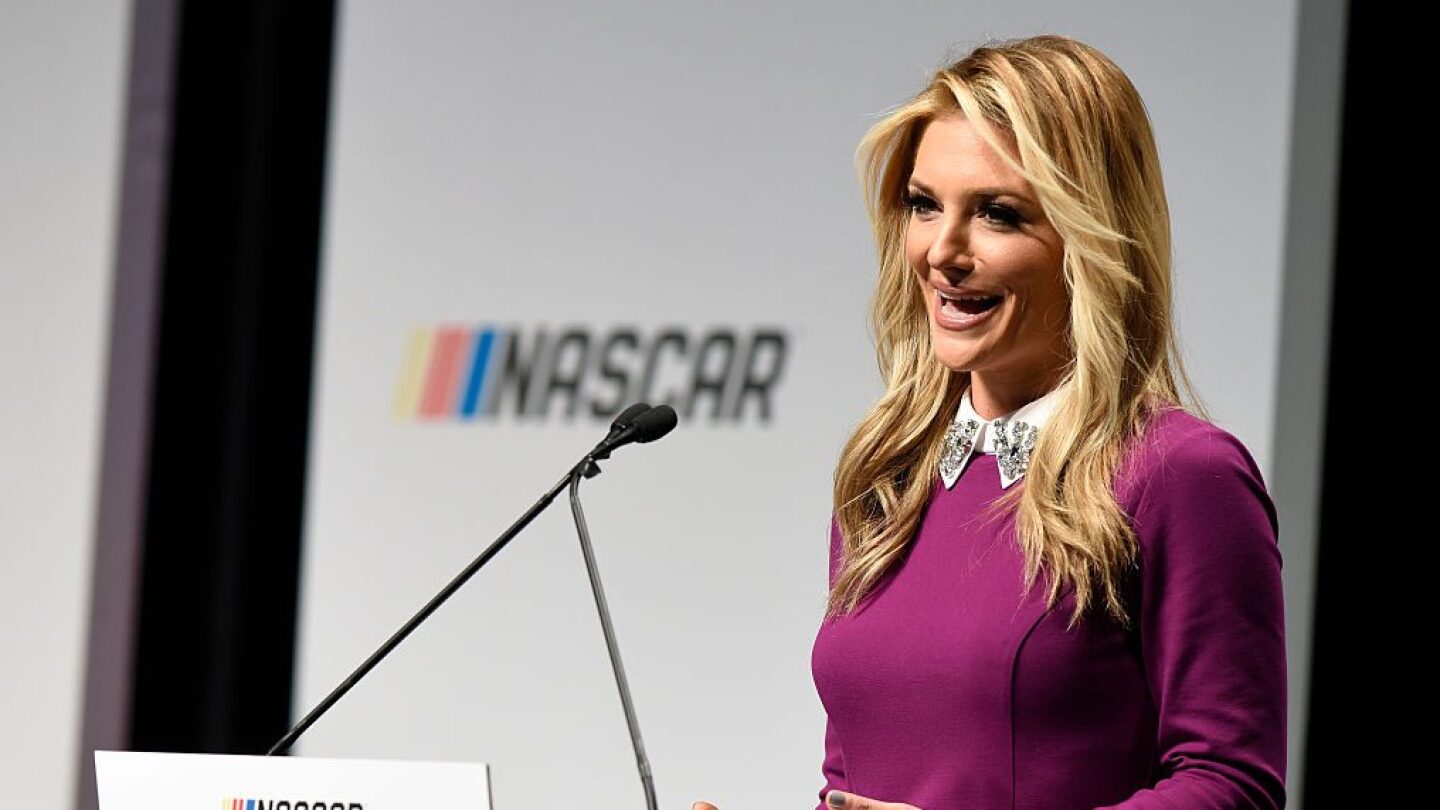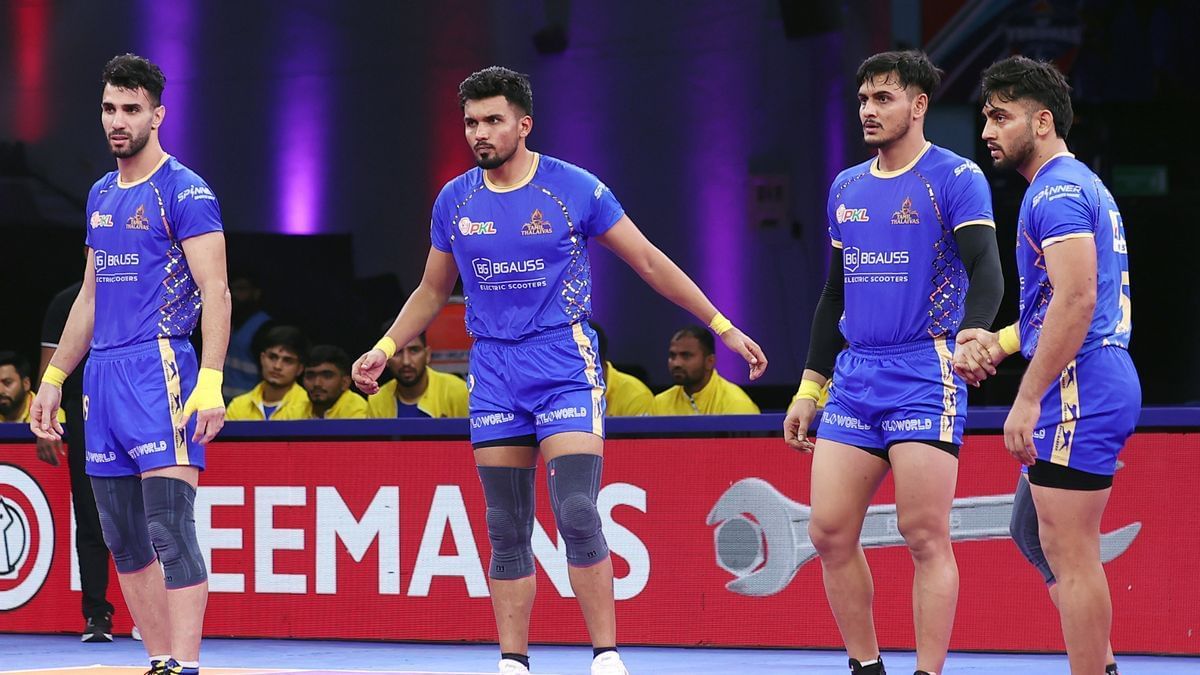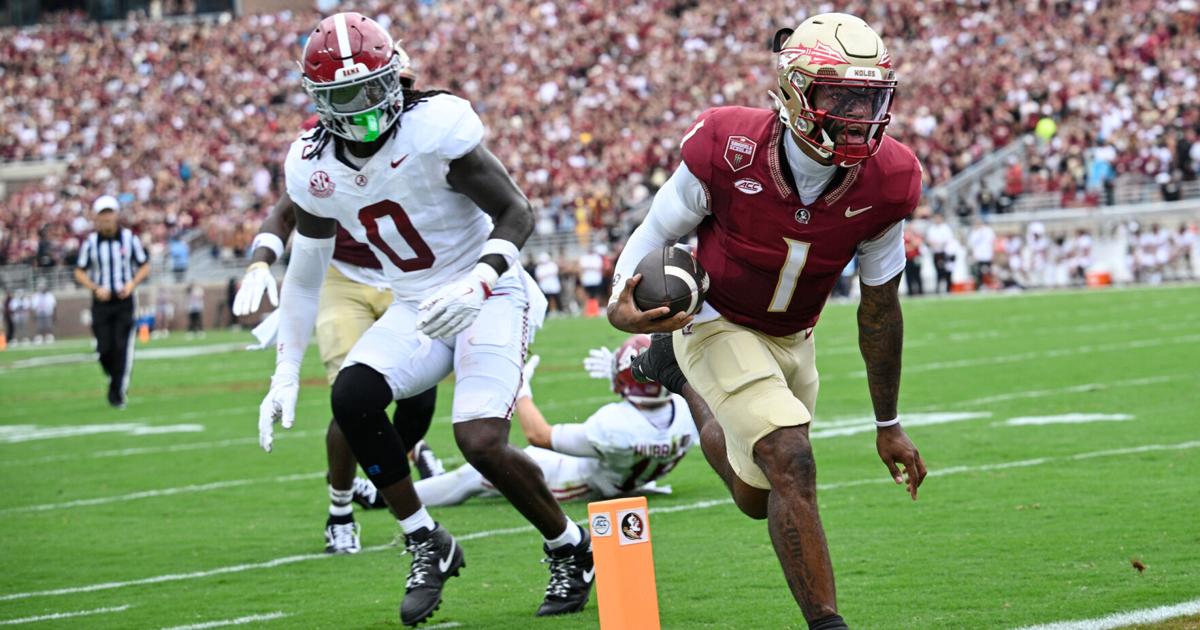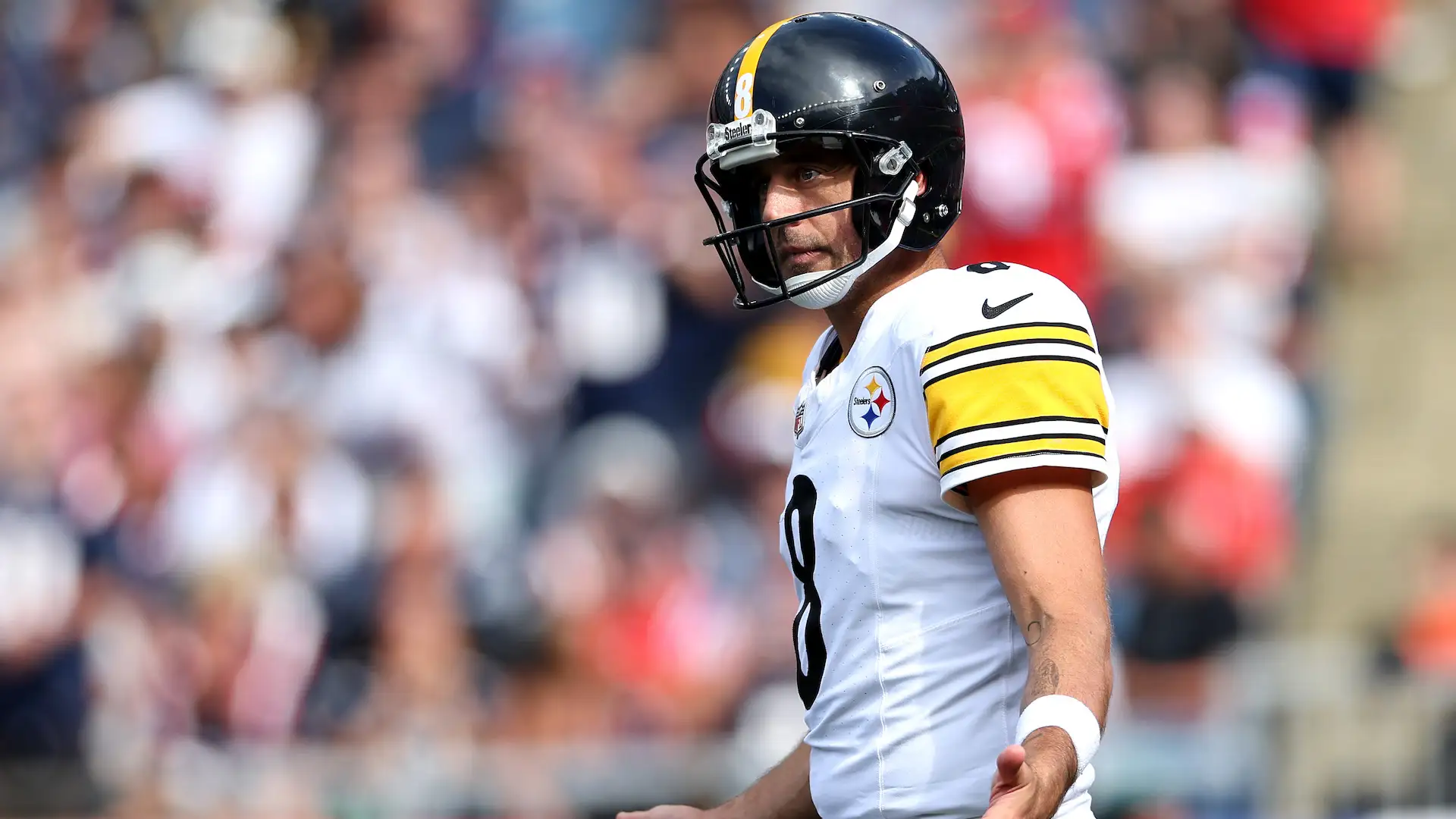
NASCAR’s got a viewership problem brewing for years, and the numbers don’t lie. In 2025, the Cup Series is scraping by with an average of 2.52 million viewers per race, a 13% slide from 2024’s 2.916 million. Playoff races, which used to be the sport’s big draw, are hurting the worst. New Hampshire’s opener pulled just 1.29 million, down 32% from last year. It’s not just a blip; it’s a trend that’s got fans and insiders worried about where NASCAR’s headed when the stands and screens are emptying.
The contrast with other sports stings. The NFL’s still crushing it, averaging 17.5 million per game, while MLB holds steady with strong postseason numbers. NASCAR’s not keeping up, and it’s not just about the competition. Streaming’s exploding, and folks are ditching cable for on-demand vibes. The sport’s fall schedule, jammed against football and college ball, feels like a self-inflicted wound.
As veteran broadcaster Danielle Trotta recently stated, going head-to-head with the NFL is a losing battle, and it’s time to rethink the calendar to save the ratings.
ADVERTISEMENT
Article continues below this ad
Trotta’s take on the decline
On Rubbin’ Is Racing, Danielle Trotta cut straight to the chase when Spider and Large asked about NASCAR’s ratings slide. “Well, I think going up against the NFL is really tough. You know, I think they were down what year over year was a 19 to a one. I do attribute a lot of that to Charlie Kirk and football season. Like just when you think they can’t get any bigger and occupy any more oxygen in the room,” she said.
ADVERTISEMENT
Article continues below this ad
The 2025 New Hampshire playoff race’s 1.29 million viewers, down 32% from 2024, wasn’t just a bad day. It’s the NFL’s shadow looming large. Trotta’s right: football’s a beast, averaging 17.5 million per game, and NASCAR’s fall dates are prime time for couch potatoes tuning into Sunday ball.
She kept it real: “Somehow they find a way, like it’s such a giant. I just don’t know that going up against that is ever going to be a winning strategy, and a lot of people are calling for a shorter season. But if you just signed a multi-billion dollar TV deal, you know, through the next 6 years, so I don’t know that we’re gonna have fewer races.” The $7.7 billion Fox/NBC deal through 2031 locks in 36 races, but Trotta sees the catch.
Fewer dates mean less TV cash, a tough pill with contracts inked. Still, she’s optimistic about tweaks: “But I think a condensed schedule that ends somewhere in late August, early September to me makes a whole lot of sense.” Wrapping with the Southern 500 at Darlington could preserve the historical punch while dodging football’s fall crush, keeping fans hooked without the ratings bleed.
Read Top Stories First From EssentiallySports
Click here and check box next to EssentiallySports
Trotta’s not ignoring the bigger picture: “I know what you’re saying like you hit a lot of things. I didn’t address maybe every problem, but I think the NFL, like shortening up the season, is one approach.” From inconsistent networks to lackluster races, NASCAR’s got layers to peel, but the schedule’s the low-hanging fruit.
Amazon’s 2025 races pulled 2.72 million with a younger crowd (median age 55.8), showing digital’s a path, but cable’s still king for the core fans. Her fix—early wrap-up—could let NASCAR own summer, boosting attendance and ratings before the NFL tidal wave hits.
Trotta’s schedule tweak ties right into Brad Keselowski’s bigger rant on NASCAR’s financial house of cards.
Keselowski’s warning rings alarm bells
He, too, on Stacking Pennies, said, ” The number one problem with the sport right now is the model with the tracks. The tracks aren’t able to generate enough revenue on their own. They’re wholly reliant on the TV money and they’re comfortable with that, which is the scariest part of all,” he said.
With 65% of NASCAR’s revenue from media rights, tracks lean hard on those deals. But with 2025’s 2.52 million average down 13% from 2024, and playoffs like New Hampshire’s 1.29 million off 32%, the cash flow is at risk.
ADVERTISEMENT
Article continues below this ad
Keselowski dug in, “That creates a subset of problems… where the teams have to [find revenue] because they’re not necessarily incentivized. That flows down into revenue problems for the teams, which makes the teams wholly reliant on sponsorship.” Teams scrape by on 60-80% sponsor money. Lowe’s bailing on Johnson in 2018 or Target ditching Ganassi in 2017 left craters.
Drivers like Chastain or Wallace double as brand hustlers, but when exposure dips, so do deals. “Fortune 500 companies or they don’t have a job… the charter system… is a reflection of the fact that the teams needed some protection against a revenue model that’s just not strong enough to sustain them,” he added. Charters, worth $25-30 million for Hendrick or 23XI by 2023, are a safety net, but Spire or Rick Ware still struggle against the giants.



